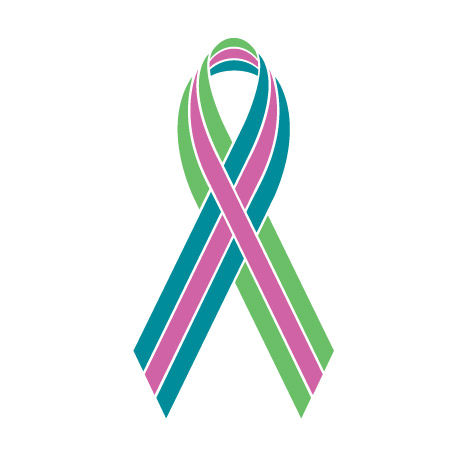
When a graduate student reads journal articles, newspaper announcements, or even blog entries on the advances of their field of research, it brings hope that we students too may someday contribute to that specific field of science. I am one of those wide-eyed graduate students, hoping someday that the research I pour over may someday make at least a dent in the world of metastases, but advancing research is much easier said (or dreamt of) than done. But in addition to research, I was provided a unique opportunity for a more extensive education—I was able to talk to patients in order to get their stories about their experiences with metastatic cancer. These personal interactions with patients not only make me work harder, they make me work differently. Through these interactions, I realize the importance of not only understanding cellular responses and protein structures, but understanding the importance of presenting a united front against metastases by combining the forces of the medical, the research, and the patient communities.
In researching treatment options, we often look at synergistic effects between combined treatment options. There is an understanding that one treatment may not be enough in a disease like metastatic cancer, especially if that metastatic tumor cell escaped the drug during primary tumor treatment. We hope that combining multiple treatment options will increase survival and/or quality of life much more than just the additive effect. By testing combinations of therapies on tumor cells grown in dishes and other experiments, this can reveal treatment options not yet considered. For instance, through thorough research, scientists have observed synergistic therapeutic effects on metastatic cells using cisplatin, a chemotherapy drug, and PI3-Kinase inhibitors (Vassilopoulos et al., 2014). Synergistic effects in inhibiting breast cancer cell survival were also suggested when combining pertuzumab and trastuzumab, two recombinant humanized monoclonal antibodies that target the Her2 receptor (Nahta et al., 2004). There was also synergy in utilizing anti-angiogenic drugs with gemcitabine, a chemotherapy agent, in decreasing metastatic behavior of bladder cancer cells. When multiple treatments work synergistically better, not just additively better, it brings to light possible new and improved treatment options that may someday be used to help patients.
It seems as though the world of research is realizing the importance of communicating with the very people we are trying to help. In talking to patients with metastatic cancer, I was also provided with information on how treatments were difficult for them in addition to their experiences on having to fight cancer again. What once almost seemed like juxtaposition between graduate education solely dedicated to basic science and patient communication could actually serve to be a synergistic force in fighting cancer. As seen in the combination treatments mentioned above, the cooperation of different communities may lead to much more weight in the fight against cancer. During our graduate studies, engrossed in a world of cells and removed from the world of patients and caretakers, we can sometimes forget that the factors to consider in metastasis treatment options are not only based on basic-science concepts. We are realizing that patients can offer so much insight we may not have even previously considered; the frequency with which patient consideration is mentioned during coffee breaks definitely seems to be increasing. Unless we are patients ourselves, we have no idea what a patient’s experience entails. This interaction and consistent consideration of patients throughout research, not just the patients’ tumors’ genetic composition and protein expression, is advantageous to and should be instilled early in graduate students. When we forget amidst any experiment-related frustration that our projects are not just about the latest microscope technique or engineered treatment delivery, it would motivate us to remember our interactions with the patients.